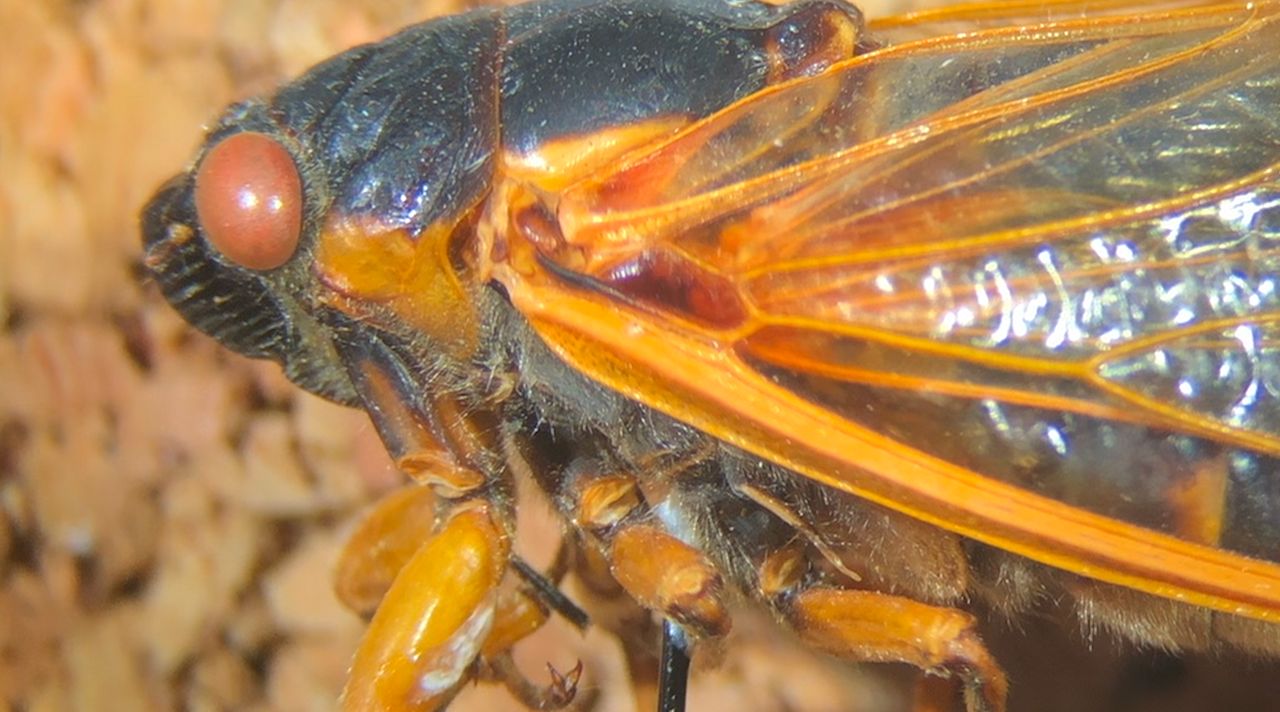MADISON, Wis. — A University of Wisconsin Entomology professor is looking forward to the periodical cicada invasion.
Periodical cicadas have laid dormant for 17 years. As soon as the soil temperature rises a bit more, they will emerge to live out their adult lives in southern Wisconsin.
PJ Liesch is the director of the UW Insect Diagnostic Lab and has studied periodical cicadas.
“They live below ground for most of their lives and when they are ready to emerge, they come up above ground and they molter and shed that mold exoskeleton and they leave that behind,” said Liesch.
Liesch said soil temperatures must exceed 64.5 degrees for cicadas to come out. He expects that to happen in late May.
Since periodical cicadas only emerge once every 17 years, Liesch compared the event to this year’s solar eclipse.
“An individual Wisconsinite might only get three, four, five opportunities to witness these insects with their eyes, so it’s truly unique,” said Liesch.
Liesch said cicadas are not a danger to humans. However, people are encouraged to delay planting small landscape plants until after they are gone.

Liesch also said periodical cicadas bring environmental benefits.
“It’s going to be a great thing for birds and fish, turtles and other reptiles and mammals in the areas where these insects are emerging,” he said. “They can also provide a few other benefits when they emerge from the ground. They tunnel upwards to come out and that is going to be similar to aerating your lawn.”
It’s events like these that Liesch said make him proud to study entomology.
“What really fascinates me is the diversity of the state,” said Liesch. “We think we have about 20,000 [species] or so and there is always something new and exciting and upcoming to learn about and this year happens to be periodical cicadas.”
Once they emerge, the cicadas are expected to live for a month.



